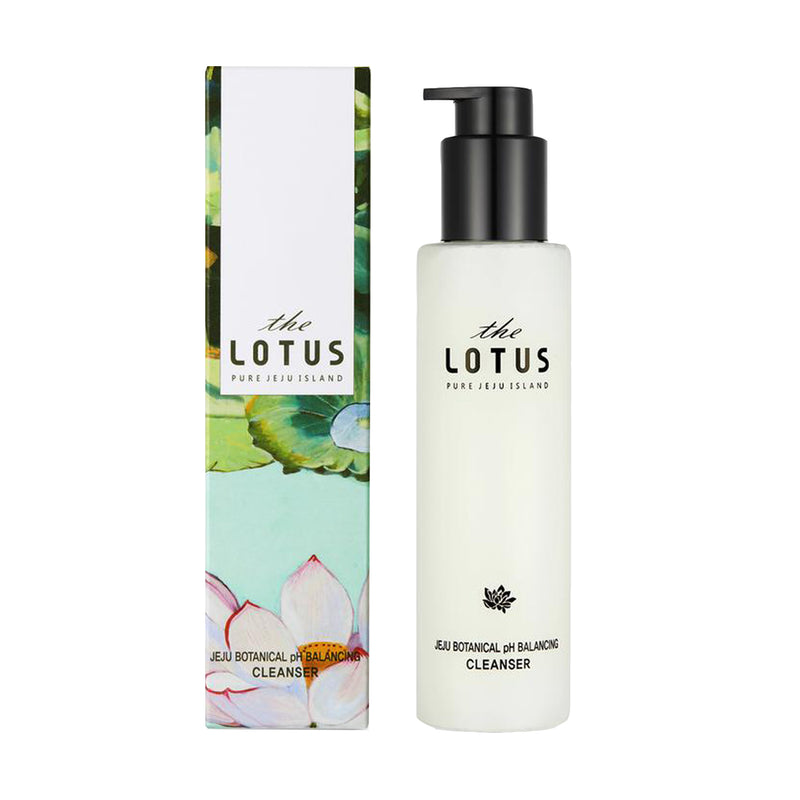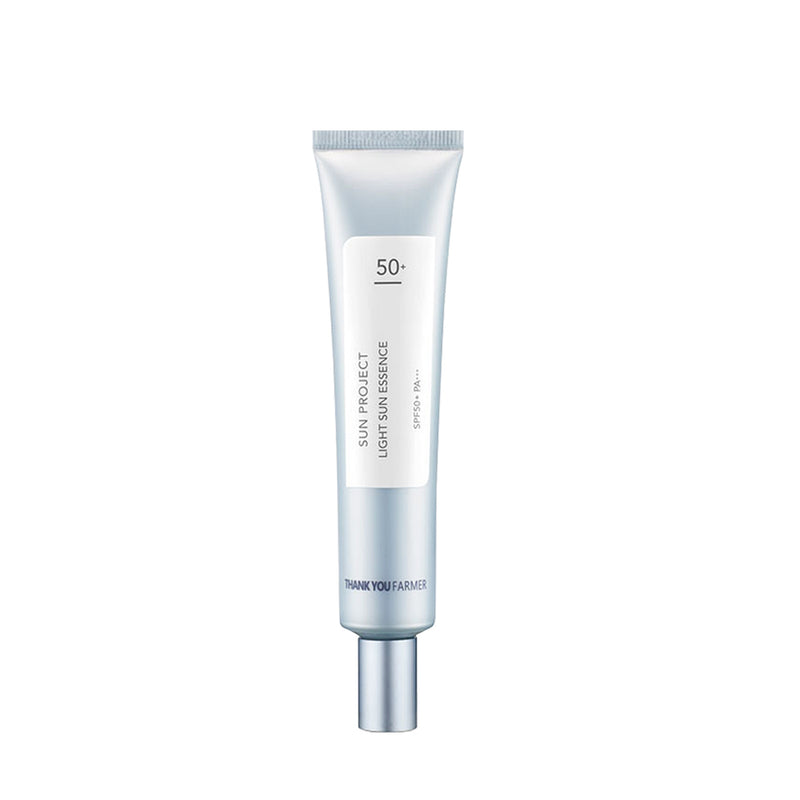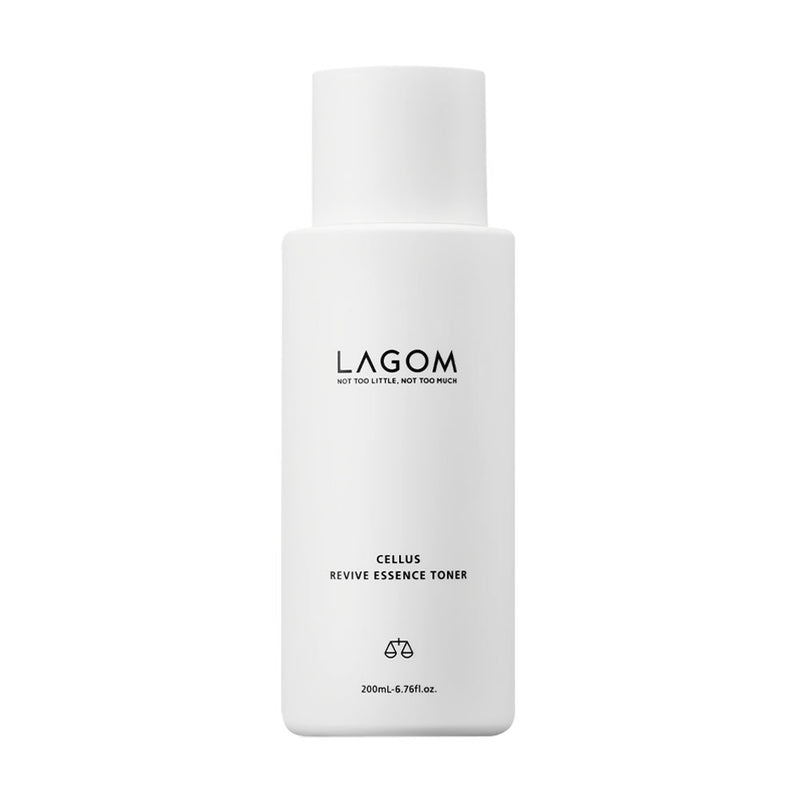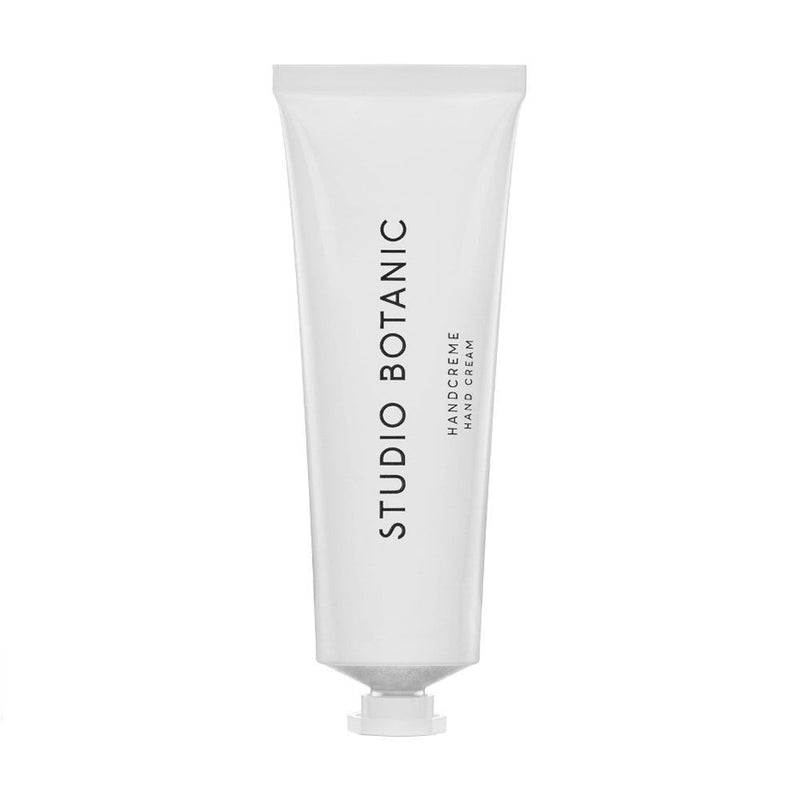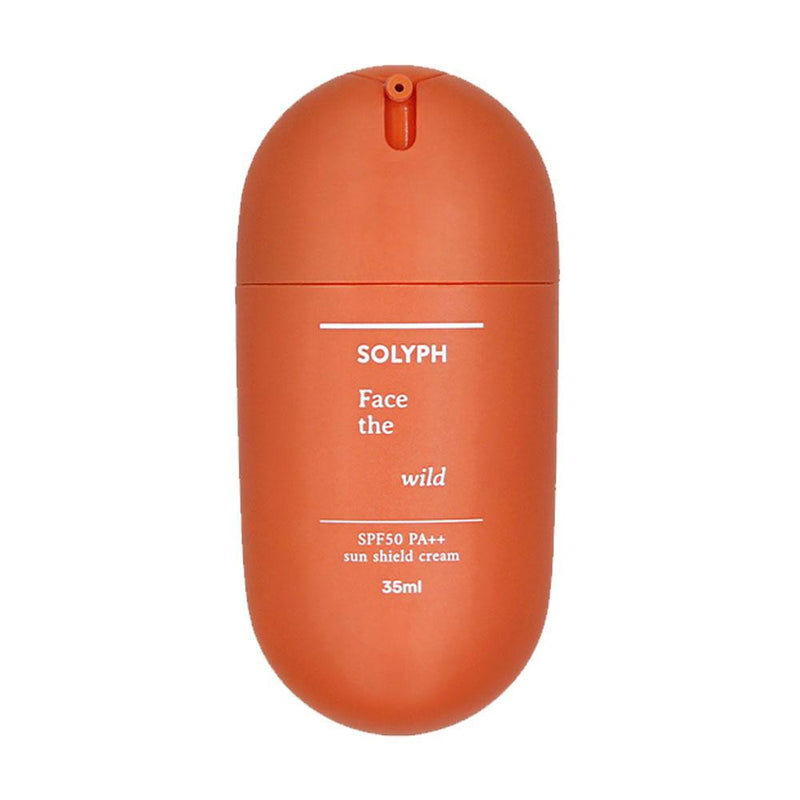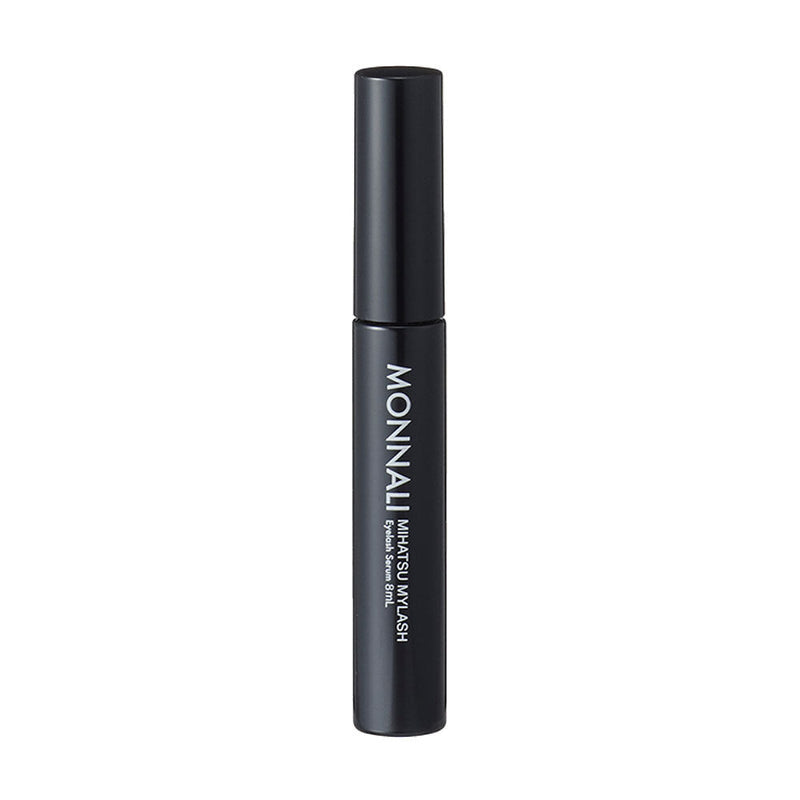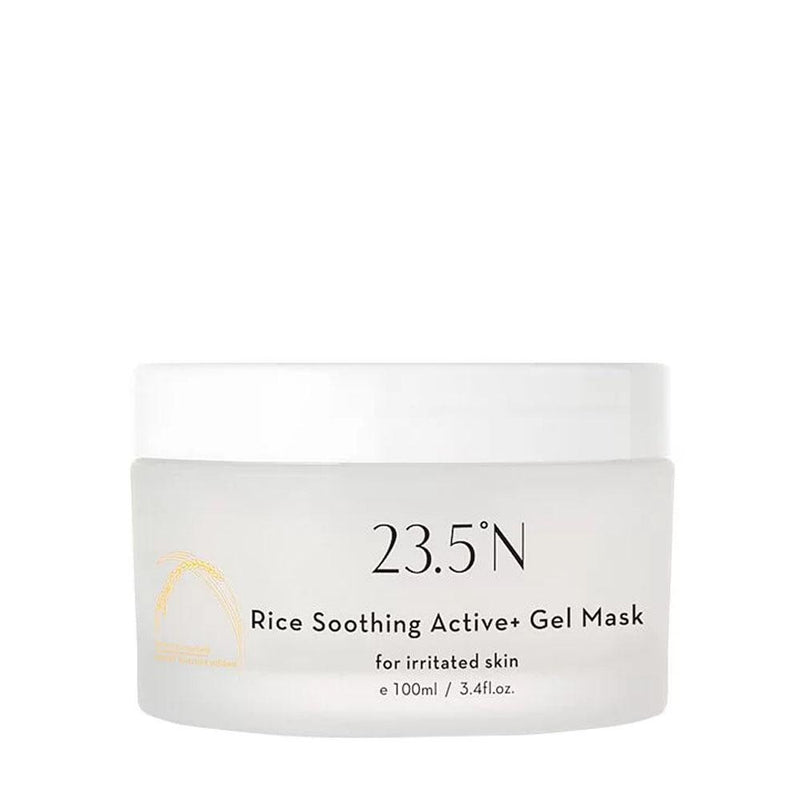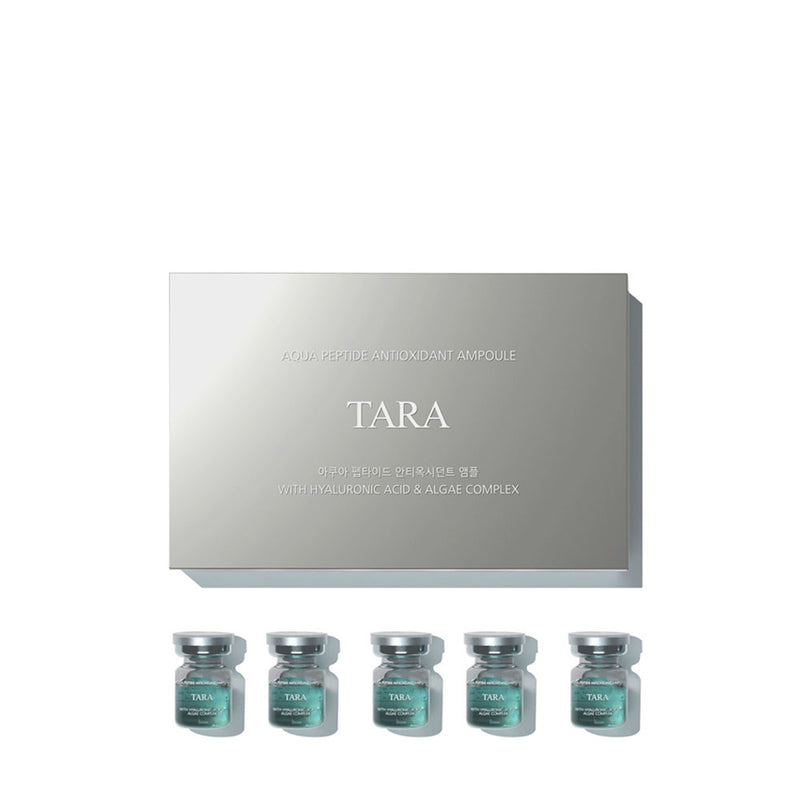Are you new to the world of skincare and don’t know where to start? Well, identifying your skin type would be on the very first page of any skincare guide! It is the most important yet, likely, the most confusing part for many of us. Read on to find out how to identify your skin type.
Are you part of the oily skin club or dry skin or maybe combination skin? Then, there are terms like acne-prone skin, sensitive skin and dull skin. When I was a skincare newbie, in my early teens, I used to mix up the skincare terms and could not differentiate between skin types and concerns.
Well, unsurprisingly, knowing and understanding these terms and especially what skin type you have is crucial in helping you make educated decisions for your skin and maximising skin care routines and outcomes. Afterall, it isn’t fun slathering half your paycheck over your face everyday with expensive skincare products and not getting the outcomes you are looking for.
In order to achieve your goal of healthy and beautiful skin requires first understanding your skin’s specific needs. This helps you to choose the right products and routines that will give you the best results. Misidentifying your skin type or concerns can, at best, result in you overspending on skincare products that don’t work or need or worse, lead to further skincare issues like acne, irritation and clogged pores.
The Difference Between Skin Types And Concern
So the first step for facial skincare is to learn the difference between skin type and skin concerns. This is so that you can truly understand what products would be suitable for your skin type AND that could be used to address your skin concern. For example, a cleanser meant for oily skin that targets blackheads might not work for dry skin that needs hydration.
You can only have one skin type, which by theory, is what you’re born with. The four main skin types include normal (or healthy) skin, dry skin, oily skin and combination skin. It’s still an open debate on whether sensitive skin can be considered a skin type as it goes against the rule of having only one skin type at a time. Thus we would categorise it as a skin concern.
"Yes, your skin can transform from oily to dry, combination, or sensitive, but it doesn't just happen on its own. There are factors like climate that can cause minor or major adjustment to your skin state.” says Dr Rajani Khatri, board-certified dermatologist. “Similar to changes in your environment, shifts in your medications, stress levels and diet can also affect how much or little oil your skin produces.”
While your skin type can temporarily change in response to external factors, it would tend towards the skin type that you were born with. This is why understanding your skin type can guide your skincare decisions over the long term and can even help you understand what’s driving the changes in your skin aiding you in making lifestyle or dietary adjustments that can support skin health.
A skin condition or concern on the other hand can be defined as a temporary happening or occurrence to your skin. Skin concerns can be caused by internal and external factors like environmental conditions, stress and hormones. Skin conditions can also develop from a mismatch of skincare products with your skin type which is why understanding both are important towards making better skincare choices.
Unlike skin types, skin conditions can be changed by treating it with the right products specifically created to address them. Oftentimes, adjustments to lifestyle and diet might even help alleviate symptoms of certain skin conditions. So before you jump onto Amazon and start searching for the next miracle skincare treatment, understanding your skin type and the underlying causes of your skin conditions will help you reach your goals quicker and might just help you save some money.
What Are The Four Main Skin Types?
While there’s a lot of literature on various “skin types”, your skin would generally fit into 1 of these four categories:
01 Normal Skin aka Healthy Skin
Refers to a healthy, well-balanced skin that is neither too oily or dry. Normal skin typically appears smooth, soft and radiant. Unlike combination skin, the oil (sebum) on normal skin types does not accumulate around your T- zone. Rather, it is balanced all around your face.
Normal skin type can also tolerate changes in most factors such as changes in humidity levels which can cause skin concerns like pimples and acne. Because of its balanced nature, it doesn’t have many skin concerns associated with it. However, Having normal skin doesn’t mean that you can’t benefit from a good skincare routine.
Normal skin can become imbalanced causing it to take on the characteristics of other skin types. Such imbalance can be caused by hormonal changes or changes in ambient temperature and humidity levels and can cause the occasional breakouts, dullness or other conditions from time to time. Identifying the skin condition and its underlying causes can help you quickly reachieve balance again with the right skincare products and/or changes to your lifestyle.
02 Dry Skin
This is skin that produces the least sebum (natural oils) among all the skin types. The tell-tale signs of dry skin would be that skin appears rough, scaly and dull. Sometimes, there might be red and flaky patches too and your skin may experience a feeling of tightness. This is because dry skin lacks lipids that help retain moisture and protect the skin from external factors.
Some common external factors that cause your skin to be dehydrated are sun exposure, low air humidity and hot showers. Skincare pProducts with harsh acids or over-exfoliation can also cause your skin to dry out. If not cared for properly, your skin would be more susceptible to developing wrinkles and other skin conditions.
03 Oily Skin
This describes skin with hyperactive sebum production. Oily skin appears more glossy due to the thin layer of sebum. The pores are more visible too, creating a complexion with an uneven appearance. While sebum is critical to maintaining healthy skin, overproduction can raise the chances of tricky skin concerns.
Oily skin types are characterised by skin conditions such as the proneness to acne and enlarged pores which are a normal occurrence for oily skin. Blackheads and whiteheads are the most common form of acne found on oily skin types as an overproduction of sebum increases the chances of your pores getting clogged with dirt and other impurities.
Counter-intuitively, oily skin can still get dehydrated and requires regular moisturisation. In fact, one of the main causes of hyperactive sebum production is due to the skin responding to being stripped off its natural oils by harsh facial cleansers or the lack of regular moisturisation that protects the skin’s natural moisture barrier.
04 Combination Skin
As the name suggests, this refers to skin that has a mix of two skin types. If you have combination skin, you would typically experience dry cheeks but more sebum on the forehead and nose area where you have more oil glands. Because the world’s never perfect, the majority of us have skin types that fall within what can be defined as combination skin.
Depending on how drastic a combination you have, people with this skin type have the most difficulty in choosing skincare products as they are essentially dealing with both oily and dry skin. One solution is to use different skincare products at different times of the day or on different areas of the skin and adopt routines like multi-masking that targets different conditions on different parts of your face.
Okay...So How Do I Identify My Skin Type?
Now that you know what the differences in skin types are, the million dollar question is how do you identify what skin type you have? In the perfect world, you would have a dermatologist take a look at your skin once before every skin routine so that you can select the right products. We, of course don’t leave in a perfect world so here are 3 simple tests that you can do at home to help you track the condition of your skin:
01 The Bare Faced Method

Have a hot shower and cleanse your face with a mild cleanser. Leave your skin bare without applying any products for 30 minutes. Then examine your cheeks, chin, nose and forehead for any shine. Remember to look out for your pore size and evaluate whether your skin feels dry and tight, especially if you smile or make any other facial expressions.
Your skin is most likely to be dry skin type if your face feels tight. If there is a noticeable shine on your nose and forehead but flakiness on your cheeks, your skin is most likely combination skin. If there is shine on your cheeks in addition to your forehead and nose, you most likely have oily skin. If your skin feels smooth with minimal oil, you have the normal skin type!
This is the easiest method that doesn’t require any specialised tools and does train you to be mindful of your skin which will give you a more intimate understanding of your skin. This added mindfulness will help you identify changes in your skin before they become major skin issues that require drastic changes or even medical intervention.
02 The Blotting Sheet Method

This method is much more convenient and faster too! It helps to differentiate between oily and dry skin on different parts of your face. Simply pat a blotting paper bently on your cheeks then hold the sheet up to the light to see how much oil is visible. Repeat the process with a fresh sheet, on different parts of your face like your T-zone eg. forehead and nose.
If the sheet picked up little to no oil from your cheeks and T-zone then you most likely have dry skin. If the sheet picked up oil from the T-zone but less so from the cheeks then your skin is most likely normal/combination. Finally, if the blotting paper is almost entirely saturated with oil then you likely have oily skin.
Doing this test on different parts of your skin can also help you to identify imbalances in your skin. For instance, if the blotting paper used on the cheeks is bone dry while the one used on the T-zone is dripping with oil, then the imbalance is huge and you probably need a specialised facial skincare routine or products for each area. If the disparity isn’t too large, you might still be able to use the same products but you should monitor carefully to ensure that the imbalance is not exacerbated.
03 Patch Testing For Sensitive Skin

Although some people consider sensitive skin a skin type, we would categorize it as a skin concern. The idea is that you should only be of a single skin type - normal, oily, dry or combination. You could on the other hand have oily AND sensitive skin at the same time. You would care for your oily skin rather than “treat” it since without intervention, your skin would always tend towards its natural state.
Sensitive skin can be identified by how easily your skin gets irritated or inflamed. Some common symptoms are prone to rashes, redness or burning sensations. Again, this isn’t cut and dry with all of our skin sitting somewhere on the spectrum. Some of us might also be more sensitive to certain types of stimuli such as UV exposure or with ingredients such as retinol.
If you think you have particularly sensitive skin, then it might make sense for you to patch test a new formula on your inner forearm. This is an excellent way to minimise potential skin reactions to new products and will help you identify certain ingredients that you might be extra sensitive to.
What patch testing means is to apply a skincare product at a small section on your inner forearm to test if your skin will have a reaction to it. Observe if there are any signs of a rash, redness or irritation caused by the product. It’s best to wait for 24 hours after the patch test, just in case! If your skin doesn’t react to it, go ahead and apply it to your face.
Are You Still Not Sure Of Your Skin Type?
To achieve healthy and radiant skin, you have to learn where your skin is and what it needs to get to your goal. With the plethora of skincare brands and beauty products with vague or exaggerated claims on the market it’s challenging as it is deciding what will work for your skin. So know your skin type and identify the right conditions before you go beauty shopping.
Here at Asian Beauty X we provide you with a wealth of information on our blog, Moxie, and clearly and honestly marked product information so that you can make educated choices while beauty shopping. But if you still feel confused on what your skin type might be or what product would work best for you, reach out to us on Instagram - @abx.official - so that we can help you!
About the writer

Stacy Liu, an American-born Chinese, is the beauty editor at Asian Beauty X obsessively writing about new beauty launches, the best hair products, and the skincare formulas that really work for every skin type.
